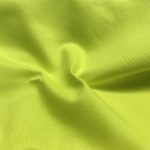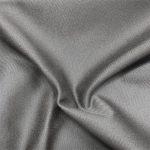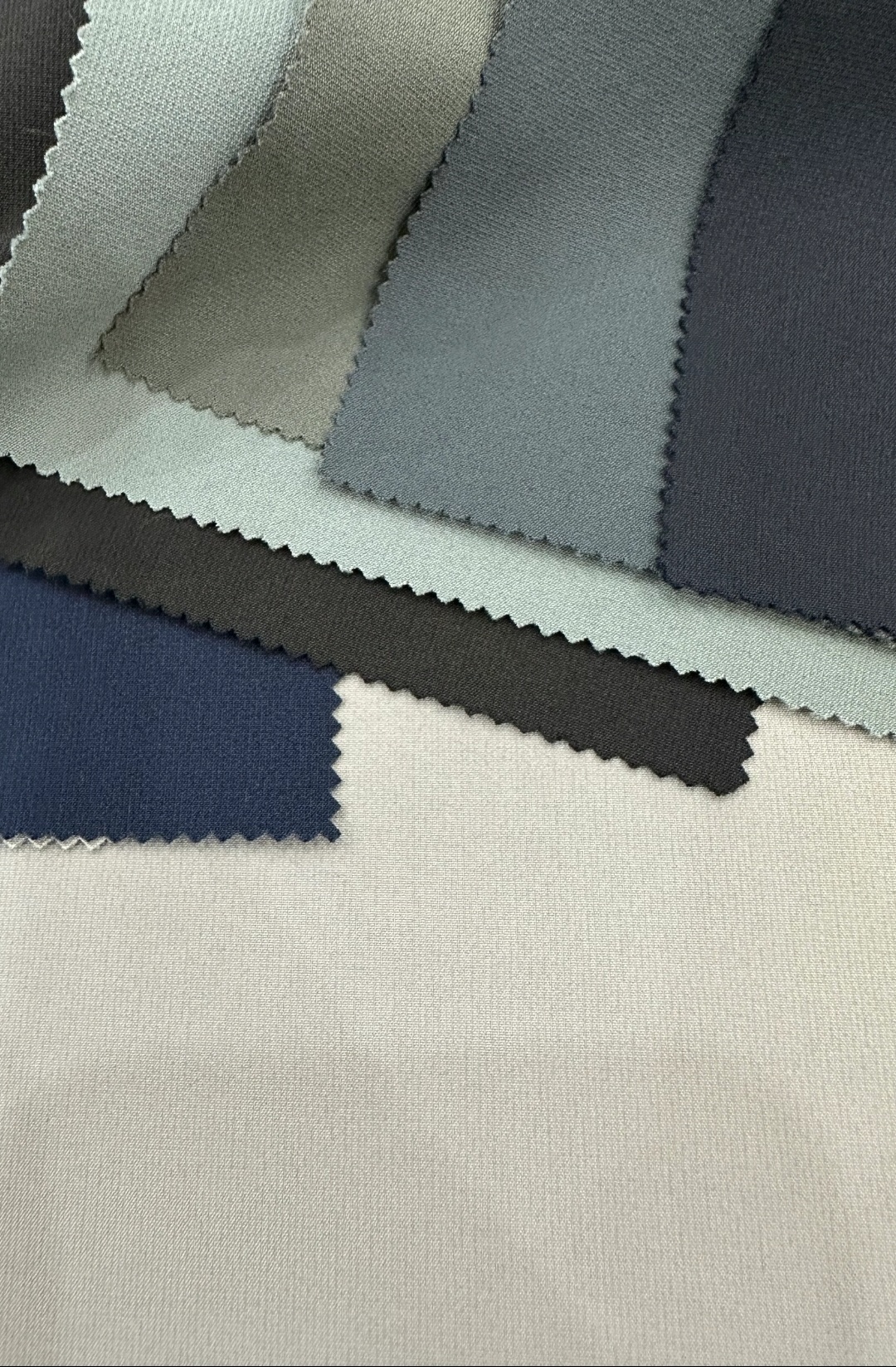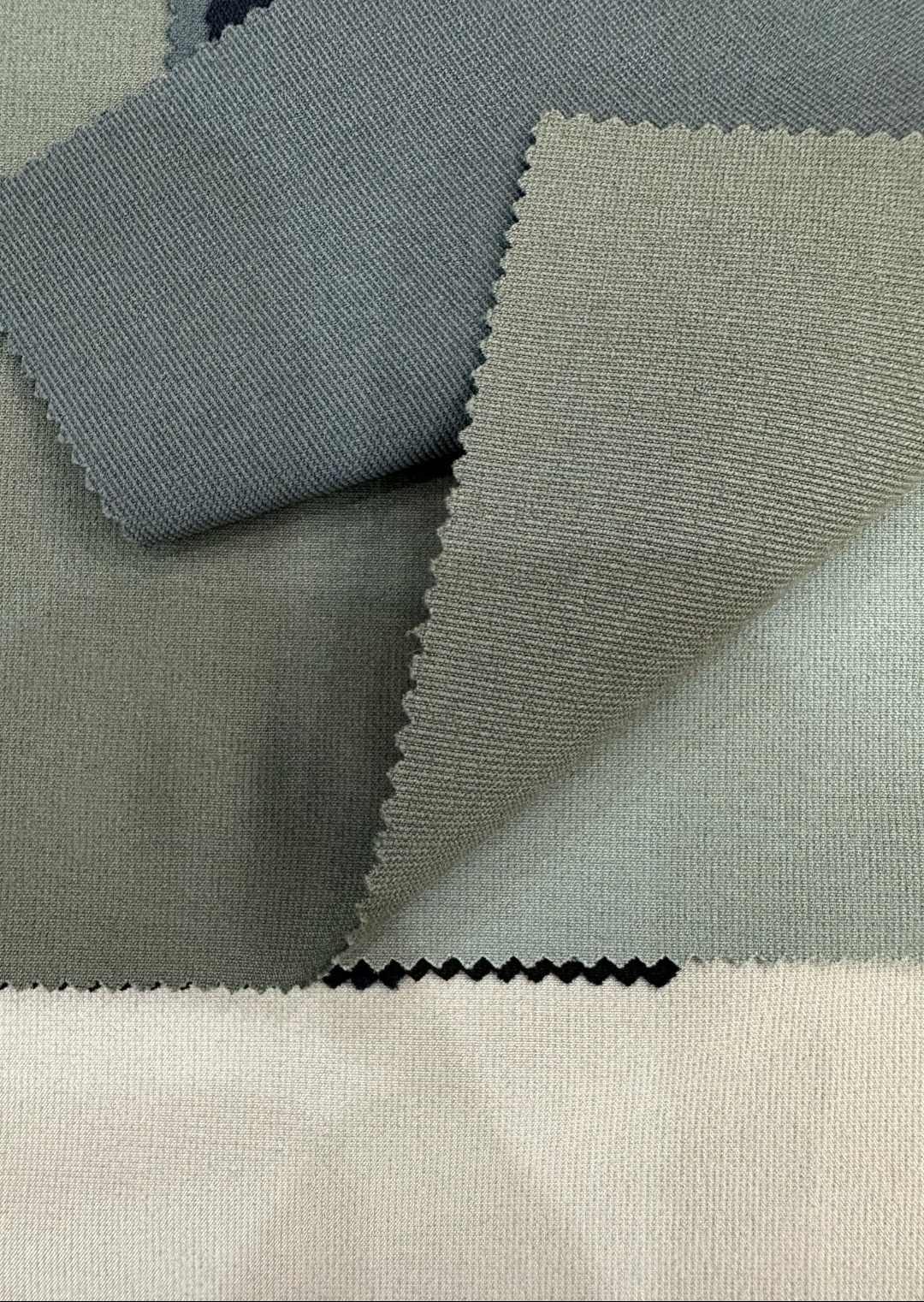I. Standards and Specifications for Physical Properties of Fabrics
1. Breaking Strength
- Warp breaking strength: The warp breaking strength of nurse uniform fabrics should not be lower than 300 Newtons to ensure that the fabric does not break easily under daily work conditions such as pulling and friction.
- Weft breaking strength: The weft breaking strength also has strict requirements and should not be lower than 250 Newtons to maintain the overall structural stability of the garment.
2. Tearing Strength
- Warp tearing strength: The minimum warp tearing strength is 15 Newtons to prevent large-scale damage to the garment in the event of accidental snagging or tearing.
- Weft tearing strength: The weft tearing strength should be 12 Newtons or more to ensure that the fabric has a certain resistance to damage in all directions.
3. Abrasion Resistance
- Abrasion resistance times: After the fabric undergoes the prescribed abrasion resistance test, the number of abrasion resistance times should not be less than 10,000 times so that the nurse uniform can still maintain a good appearance and performance after long-term wear and frequent washing.
4. Dimensional Stability
- Washing dimensional change rate: After multiple washes, the dimensional change rate of the fabric in the warp and weft directions should be controlled within ±3% to ensure the stable pattern of the nurse uniform and a proper fit.
II. Standards and Specifications for Chemical Properties of Fabrics
1. Acid and Alkali Resistance
- Acid resistance: After the fabric is exposed to a certain concentration of acidic solution (such as dilute hydrochloric acid), the color change degree should not be lower than grade 4, and the strength loss should not exceed 10%.
- Alkali resistance: Under alkaline conditions (such as sodium hydroxide solution), the color fastness change of the fabric should not be lower than grade 4, and the strength retention rate should be above 80% to prevent the damage to the fabric properties caused by chemical agents during disinfection and cleaning.
2. Color Fastness to Perspiration
- Color change: The color change degree of the fabric after the action of perspiration should reach grade 4 or above to ensure that the color of the fabric does not change significantly when the nurse is wearing it.
- Staining: For the staining degree of the backing fabric, it is required to be not lower than grade 3-4 to prevent the color migration caused by perspiration from affecting the appearance.
3. Color Fastness to Rubbing
- Dry rubbing color fastness: The dry rubbing color fastness of the fabric should not be lower than grade 4 to reduce the color fading phenomenon caused by friction in daily activities.
- Wet rubbing color fastness: The wet rubbing color fastness should also not be lower than grade 3 to simulate the color fading situation under friction when sweating.
III. Standards and Specifications for Safety Properties of Fabrics
1. Antibacterial Performance
- Bacteriostatic rate: For common pathogens such as Staphylococcus aureus, Escherichia coli, and Candida albicans, the bacteriostatic rate of the fabric should be above 90% to effectively inhibit the growth and reproduction of pathogens on the surface of the garment.
2. Antistatic Performance
- Surface resistance: The surface resistance value of the fabric should be within the range of 106-1011 ohms to prevent discomfort and potential safety hazards caused by static electricity accumulation, such as dust adsorption and instrument malfunction.
3. Air Permeability
- Air permeability rate: The air permeability rate of nurse uniform fabrics should not be lower than 300mm/s to ensure good air circulation and keep the nurse’s body dry during work and improve comfort.
4. Moisture Permeability
- Moisture permeability amount: Within 24 hours, the moisture permeability amount of the fabric should not be less than 3000g/(m²·d) to help discharge the sweat vapor produced by the body and keep the skin dry.
IV. Standards for Environmental Protection and Sustainability of Fabrics
1. Limits of Harmful Substances
- Formaldehyde content: The formaldehyde content in the fabric should not exceed 75mg/kg to avoid skin irritation and allergic reactions for nurses and patients.
- Decomposable carcinogenic aromatic amine dyes: The use of decomposable carcinogenic aromatic amine dyes is prohibited, and their content should be below the detection limit.
- Heavy metal content: The content of heavy metals such as lead, cadmium, and mercury should be strictly controlled below 1.0mg/kg to reduce potential harm to human health and the environment.
2. Requirements for Sustainable Development
- Raw material sources: The use of sustainable raw materials such as organic cotton and recycled fibers is encouraged to reduce the reliance on traditional petroleum-based fibers and reduce the pressure on the environment.
- Production process: The production process should follow an environmentally friendly process, reduce the discharge of wastewater, waste gas, and waste residue, reduce energy consumption, and improve resource utilization.
V. Labeling and Certification of Fabrics
1. Labeling Requirements
- Fiber composition: The label of nurse uniform fabrics should accurately indicate the fiber composition and content, and the error range should be within the allowable standard.
- Washing and maintenance instructions: Clear and accurate washing, drying, ironing, and other maintenance instructions should be provided to guide users to properly maintain the garment.
2. Certification System
- Domestic certification: Nurse uniform fabrics that meet relevant standards can obtain domestic authoritative certifications, such as CQC certification.
- International certification: Obtaining international certifications such as OEKO-TEX® Standard 100 helps products enter the international market and meet the procurement needs of different countries and regions.
Conclusion
In conclusion, the industry standards and specifications for nurse uniform fabrics cover multiple aspects such as physical properties, chemical properties, safety properties, environmental protection, and sustainable development, providing a scientific and rigorous basis for the design, production, procurement, and use of nurse uniforms. With the advancement of technology and the continuous improvement of people’s requirements for the quality of medical care, these standards and specifications will also be continuously updated and improved to adapt to the development needs of the industry.

 100% COTTON FABRIC
100% COTTON FABRIC COTTON STRETCH FABRIC
COTTON STRETCH FABRIC POLYESTER/COTTON FABRIC
POLYESTER/COTTON FABRIC OTHERS FABRIC
OTHERS FABRIC

